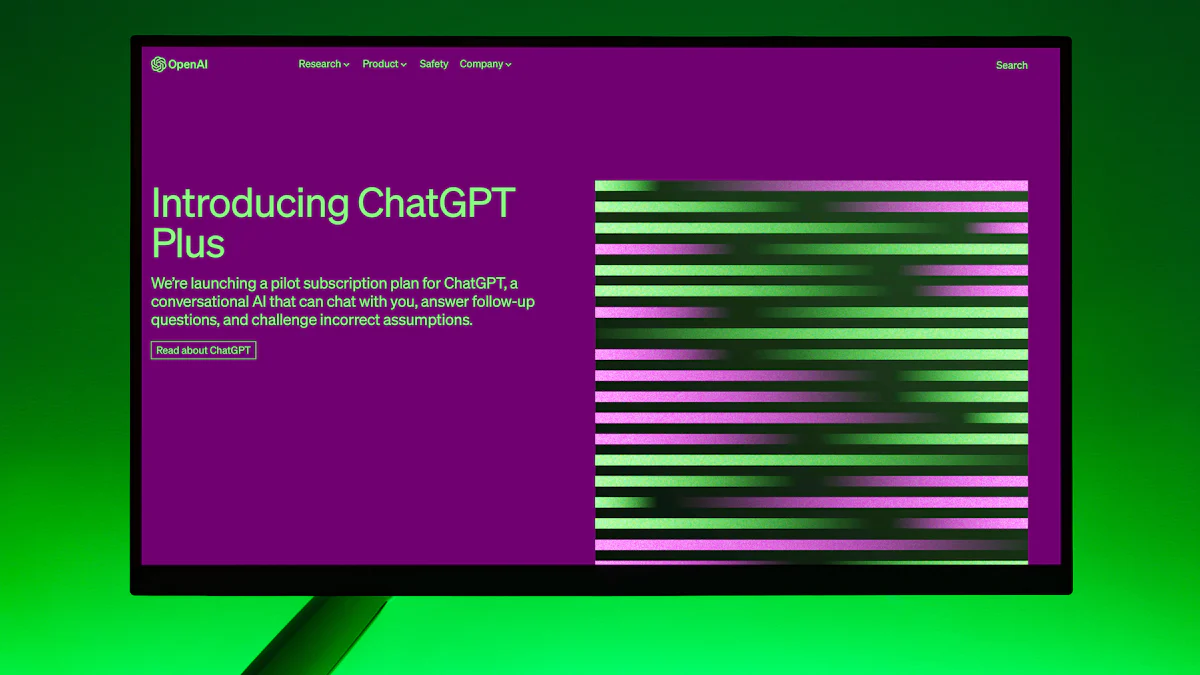
Open source Large Language Models (LLMs) (opens new window) have surged in popularity due to their enhanced data security (opens new window), privacy features, and customization opportunities. Organizations are increasingly opting for the open-source model, with 24.5% planning to leverage its benefits. Choosing between open source and proprietary models depends on factors like sensitive data handling, expertise in data science, budget constraints, and project requirements.
The need for a comprehensive comparison of these models is crucial to make informed decisions. Evaluations reveal that open-source LLMs are closing the quality gap with closed models across various tasks. Performance metrics such as task completion and accuracy rates (opens new window) now stand on par with proprietary counterparts. Despite concerns about security and privacy risks, open-source LLMs empower users to take charge of data protection, potentially leading to stronger security measures.
Summarizing key points for discussion includes the importance of open-source LLMs, the necessity for a thorough comparison, and the critical factors influencing model selection.
# Comprehensive Comparison of Open Source LLMs
Large Language Models (LLMs) have revolutionized the field of artificial intelligence, enabling tasks like text generation and language translation. Open-source LLMs stand out for their accessibility and adaptability (opens new window), allowing users to modify and distribute them freely. This collaborative approach fosters innovation and customization to meet specific needs effectively.
# Performance Metrics
When evaluating open-source LLMs, two critical performance metrics come into play: Perplexity and ROUGE Scores (opens new window).
Perplexity measures how well a model predicts a sample.
ROUGE Scores assess the quality of summaries generated by the model.
# Flexibility and Customization
One of the key advantages of open-source LLMs is the ability to make Model Modifications easily. Users can tweak the models according to their requirements, enhancing performance on diverse datasets. Additionally, these models excel in Tailoring to Specific Needs (opens new window), ensuring they are adaptable across various applications.
# Cost-Effectiveness (opens new window)
Considering financial aspects, open-source LLMs offer significant benefits in terms of cost-effectiveness.
Licensing Costs: These models are free to use, eliminating hefty licensing fees.
Maintenance Costs: With a community-driven approach, maintenance costs are reduced as issues are collectively addressed.
By leveraging these performance metrics, flexibility in customization, and cost-effectiveness, organizations can harness the power of open-source LLMs for enhanced productivity and innovation.
# Key Criteria for Choosing an Open Source LLM
# Accuracy
When selecting an open-source Large Language Model (LLM), Accuracy stands as a paramount criterion. Evaluation Methods play a crucial role in determining the model's precision in various tasks. By analyzing the model's performance through rigorous testing (opens new window), users can ensure optimal results. Moreover, Benchmark Results (opens new window) provide insightful comparisons against industry standards, guiding decision-makers towards the most effective LLM for their specific needs.
# Transparency
Transparency is a foundational principle when considering an open-source LLM. Through Code Inspection, developers gain visibility into the model's inner workings, fostering trust and understanding of its mechanisms. Additionally, robust Community Support (opens new window) ensures that any queries or issues are promptly addressed by a network of experts and enthusiasts, enhancing the overall user experience.
# Control Over Data (opens new window)
Maintaining Control Over Data is vital in today's data-driven landscape. With a focus on Data Security, organizations can safeguard sensitive information and mitigate potential risks effectively. Furthermore, efficient Infrastructure Management empowers users to optimize their data processing workflows and maintain seamless operations.
# Future Developments in Open Source LLMs
# Innovations
In the realm of open-source Large Language Models (LLMs), continuous advancements pave the way for cutting-edge applications and enhanced capabilities. Emerging Technologies (opens new window) are at the forefront, driving innovation and pushing the boundaries of AI. These technologies encompass novel approaches to language processing, enabling more nuanced understanding and context-driven responses.
# Research Trends
The landscape of open-source LLMs is dynamic, with ongoing Research Trends shaping the future of language modeling. Researchers are exploring avenues to improve model efficiency, accuracy, and adaptability across diverse domains. This evolution underscores a commitment to refining existing models while exploring new methodologies to address emerging challenges effectively.
Emphasize the criticality of selecting the optimal open-source LLM for tailored solutions.
Summarize the in-depth comparison metrics and pivotal selection criteria.
Explore forthcoming innovations and strategic recommendations for leveraging open-source LLMs effectively.